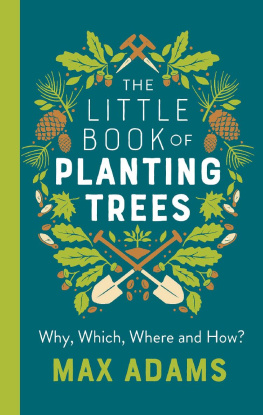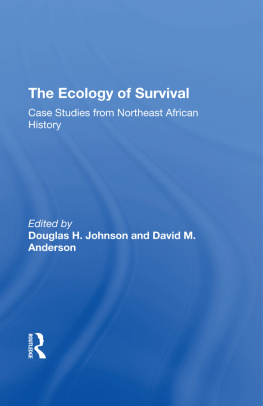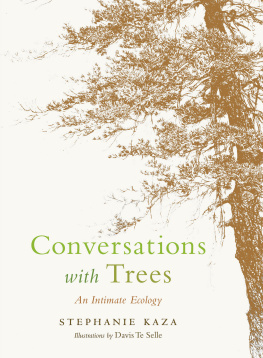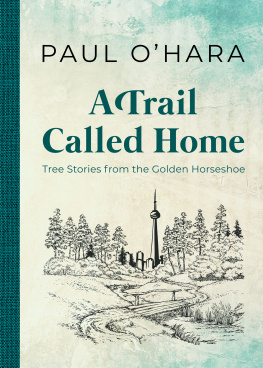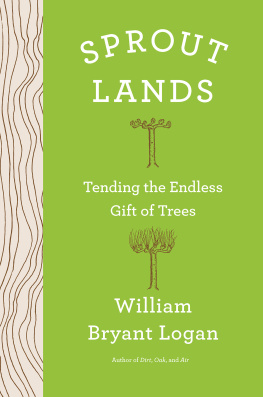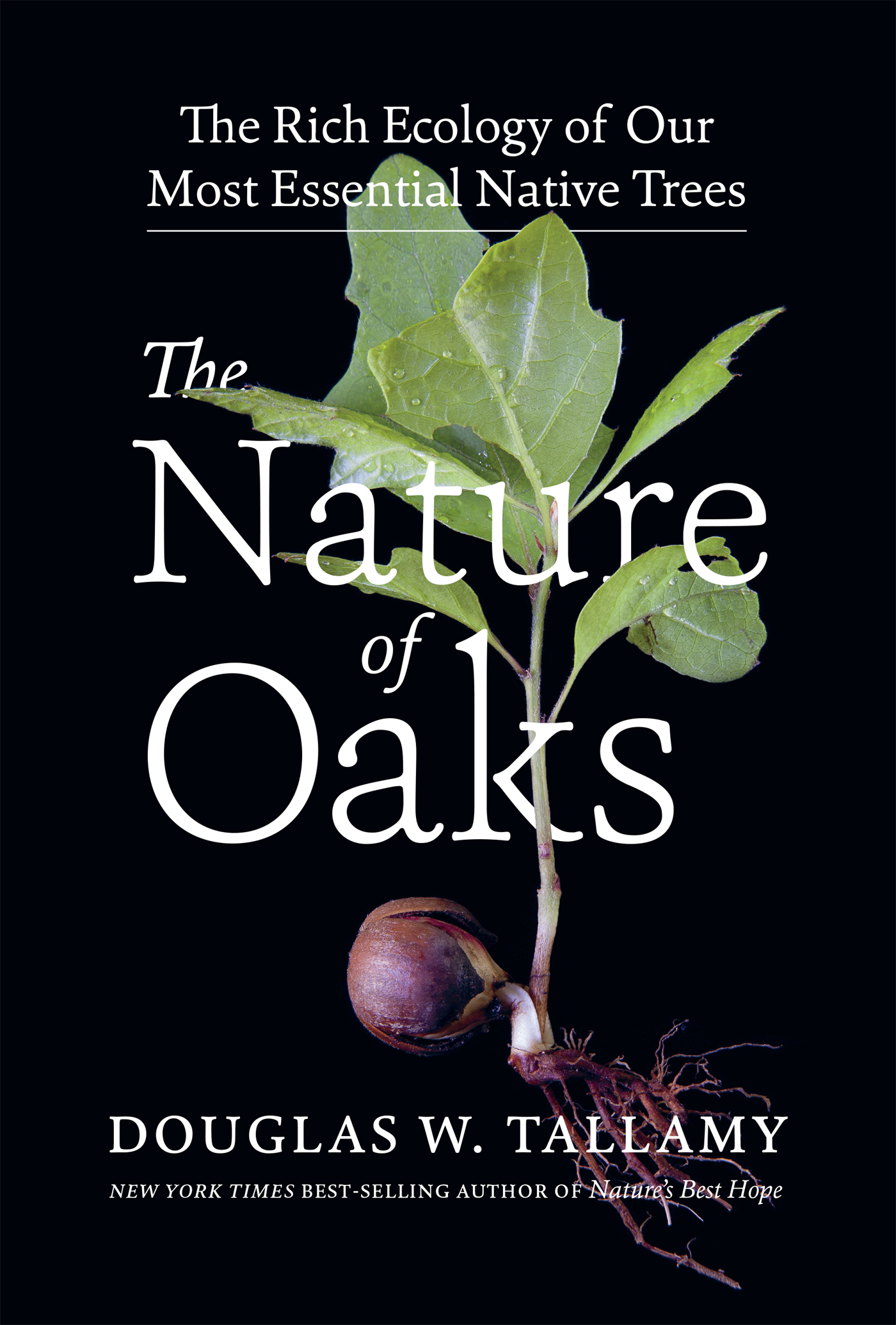Contents
Guide
Page List
Praise For Douglas W. TallamyS Previous Works
Natures Best Hope
If youd like to turn your own little postage stamp of native soil into a conservation effort, Natures Best Hope is a great place to begin.
New York Times
A full-blown manifesto that calls for the radical rethinking of the American residential landscape, starting with the lawn.
Washington Post
Natures Best Hope advocates not just a horticultural revolution, but a cultural one, bridging the human-dominated landscape and the natural world.
Smithsonian Magazine
Natures Best Hope isnt just what we can do with boots on the ground; its about fighting for a changed cultural mindset. We can experience the health, wellness, and resiliency of life if were willing to embrace all of the messy complications that make this world worth experiencing in all its wild promise.
American Gardener
In a world full of doom and gloom, Dr. Tallamys latest book is an uplifting and empowering guide to how each and every one of us can be part of the conservation movement and it all starts with native plants.
In Defense of Plants
Natures Best Hope helps us to understand the urgency we all should and must have as we try to make a difference to our ever-changing planet.
Nature Revisited
A revelatory guide whose application can begin just outside our doors.
Booklist
Tallamy provides answers in a down-to-earth, personalized style this is an essential addition to most gardening collections.
Library Journal
If youre concerned about doing something good for the environment, Natures Best Hope is the blueprint you need. By acting now, you can help preserve our precious wildlifeand the planetfor future generations.
Hockessin Community News
An essential read for those concerned with the fate of planet Earth and its creatures.
Connecticut Gardener
Natures Best Hope is a message for every land owner, renter, property manager, container gardener, government planner and administrator: You have a vital role to play in the survival of biodiversity on this planet!
Press of Atlantic City
Bringing Nature Home
A fascinating study of the trees, shrubs, and vines that feed the insects, birds, and other animals in the suburban garden.
New York Times
Provides the rationale behind the use of native plants, a concept that has rapidly been gaining momentum The text makes a case for native plants and animals in a compelling and complete fashion.
Washington Post
This is the it book in certain gardening circles. Its really struck a nerve.
Philadelphia Inquirer
Reading this book will give you a new appreciation of the natural worldand how much wild creatures need gardens that mimic the disappearing wild.
Minneapolis Star Tribune
A compelling argument for the use of native plants in gardens and landscapes.
Landscape Architecture
An essential guide for anyone interested in increasing biodiversity in the garden.
American Gardener
Delivers an important message for all gardeners: Choosing native plants fortifies birds and other wildlife and protects them from extinction.
WildBird Magazine
An informative and engaging account of the ecological interactions between plants and wildlife, this fascinating handbook explains why exotic plants can hinder and confuse native creatures, from birds and bees to larger fauna.
Seattle Post-Intelligencer
Tallamy explains eloquently how native plant species depend on native wildlife.
San Luis Obispo Tribune
Will persuade all of us to take a look at what is in our own yards with an eye to how we, too, can make a difference. It has already changed me.
Traverse City Record-Eagle
Theres an increasing interest among homeowners and others to include more native species in their landscape, thanks to books like Bringing Nature Home, by Doug Tallamy, which extol the virtues of native plants over exotic ornamentals for attracting and sustaining beneficial insects.
Andover Townsman
Doug Tallamy weaves an interesting story of how exotic invasive plants affect birds and other components of a healthy forests. Its a compelling and important story to understand.
Bradford Era

The
Nature
of
Oaks
The Rich Ecology of
Our Most Essential Native Trees
Douglas W. Tallamy

Contents

Prologue
On 15 July 2000 , Cindy and I moved into our newly constructed house in southeastern Pennsylvania. I remember the date well because 15 July is my sons birthday, and one of his birthday presents that year was to help us carry furniture from our rental van into our new house. On one of many trips, a paper wasp stung him on the back of his head just as he passed through the front door. The wasp nest was in the upper corner of the jamb, and its occupants gave my son a painful reminder that he is the tallest Tallamy on record.
Our property is 10 acres, and it had been mowed for hay for decades before we bought it. Its only trees were three hickories in the upper corner of the property, a few black cherries, two black oaks, and an occasional black walnut along an old fence line from the days the area was grazed by cattle. I was eager to plant more trees, so that fall I collected some white oak acorns and planted one in a small flower pot. I dont remember where I found that acorn, but it was probably from a large white oak that grew near the turn-around spot on the jogging/walking route Cindy and I now take when the spirit moves us. Years later we would collect bags of acorns from that tree each fall, mostly because we couldnt stand to see them crunched by cars or mowed by the homeowner.
White oak acorns germinate soon after they fall to the ground, sending what will become the trees taproot deep into the soil before the first frost. They then rest for the winter and do not produce the first green shoot until the following spring. Aboveground growth is slow that first year; only one set of true leaves is produced, and the tree remains just a few inches tall. This is a snails pace compared to trees like American elms or sycamores, which can grow more than 2 feet in their first year, and it probably explains the general perception that oaks are slow growers.
But their growth rate below ground is a different story. All the energy those first leaves gather from the sun is allocated toward root growth. In fact, after their first year, a seedling oak may have up to 10 times more root mass than the biomass of leaves and shoots above the ground.




